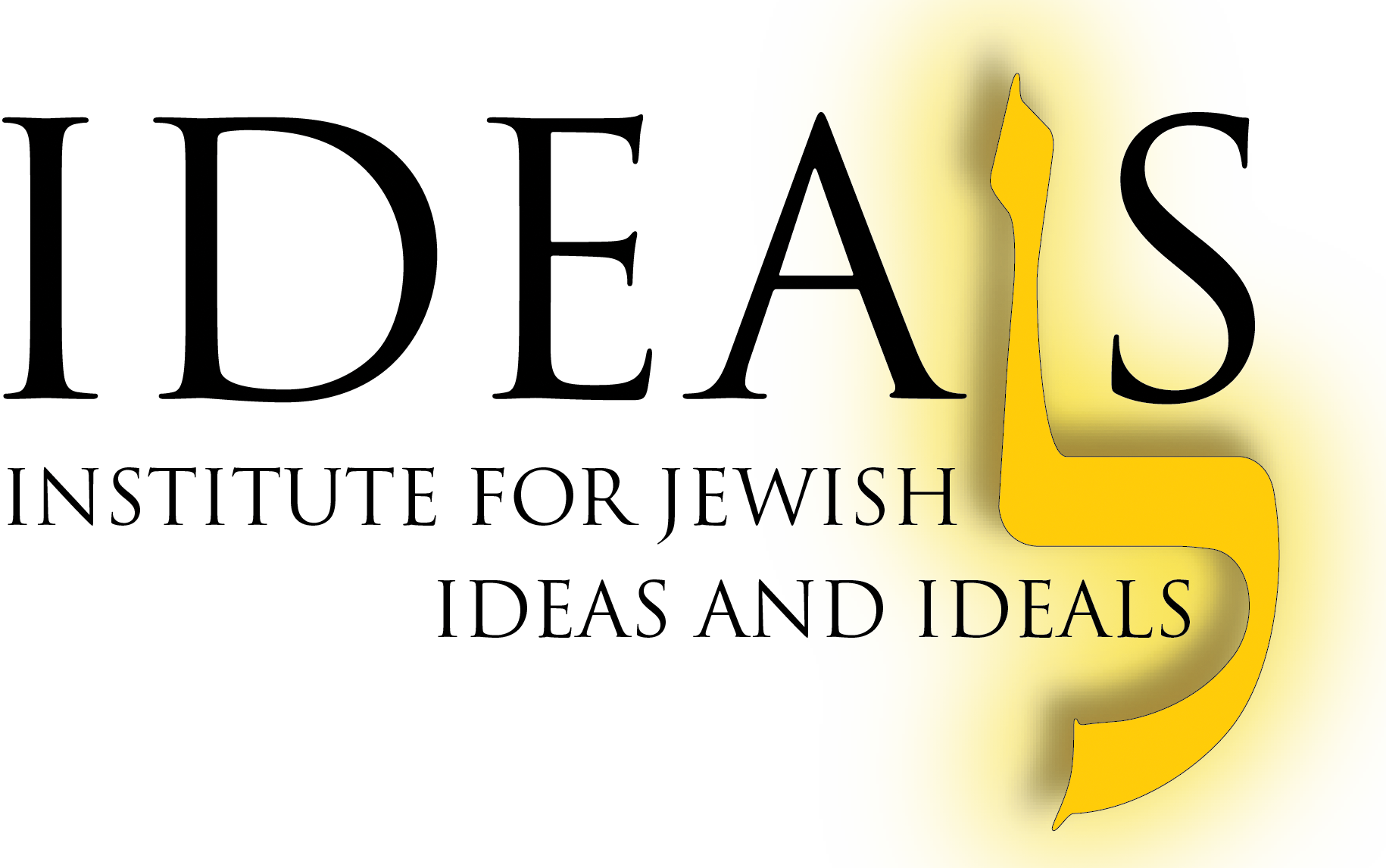Angel for Shabbat, Parashat Vayera
by Rabbi Marc D. Angel
"And Abraham lifted his eyes and looked and behold behind him was a ram caught in the thicket by his horns. And Abraham went and took the ram and offered it for a burnt-offering in the stead of his son” (Bereishith 22:13).
At the last moment, Abraham was spared from sacrificing his son Isaac. After this trial of faith, Abraham offered a ram as an expression of gratitude…and relief. The ram’s horn—shofar-- became a symbol of the Akeida episode. When we hear the shofar, we vicariously enter the scene of Abraham, Isaac and the ram.
The evocative power of the shofar made it a significant feature of religious ritual. On Rosh Hashana the Torah reading includes the Akeida story. At various points during the prayer service, the shofar is blown.
Rabbi Joseph B. Soloveitchik commented on the fact that the shofar is sounded during the recitation of the Musaf on Rosh Hashana. What does the shofar have to do with prayer? “It seems necessary to say that the mitzva of sounding the shofar is in the category of prayer even though we normally pray with words. On Rosh Hashana, day of judgment, we pray via the sounding of the shofar, a prayer without words or letters…” We “pray” with the shofar because we simply don’t have the words to express our deepest feelings and needs. The shofar transcends words.
At the Akeida, Abraham couldn’t find words to express his emotions. The shofar of the ram came to represent wordless prayer, wordless relationship with God, wordless expression of who we are at our core.
When we think about our deepest emotions such as love, fear, anxiety, and awe, we cannot fully describe them in words. The emotions are profound, complex, overwhelming. They are only communicable, if at all, through non-verbal means, by our tears, facial expressions or gestures.
This is true in the realm of prayer. Our prayer book is filled with beautiful words, recitations for every day and every occasion. But real prayer doesn’t emanate from the words but from our hearts and souls. Rabbinic tradition refers to prayer as “service of the heart.” It isn’t the words we utter so much as the underlying sense of awe at being in God’s presence.
The Israeli writer—and Nobel Prize winner—S. Y. Agnon, captured the mystery of prayer in reminiscing about his hometown of Buczacz. He tells of a man who recited the Musaf and gave him “a real taste of prayer.” The prayer leader had a pleasant voice, but “it wasn’t a voice we heard; it was prayer.” The heartfelt yearning of sincere prayer—the unuttered and unutterable emotion-- was what inspired Agnon. In his book, To This Day, he quotes a woman: “An intellectual, she said, ‘is someone who can recite Psalms without tears.’ I couldn’t have put it any better myself.”
Abraham’s shofar symbolizes thoughts and feelings that go beyond words.. But it is precisely in the realm of wordlessness that we reveal our true selves. This is true in our relationship with others, in our relationship with God…and in our own self-understanding.

